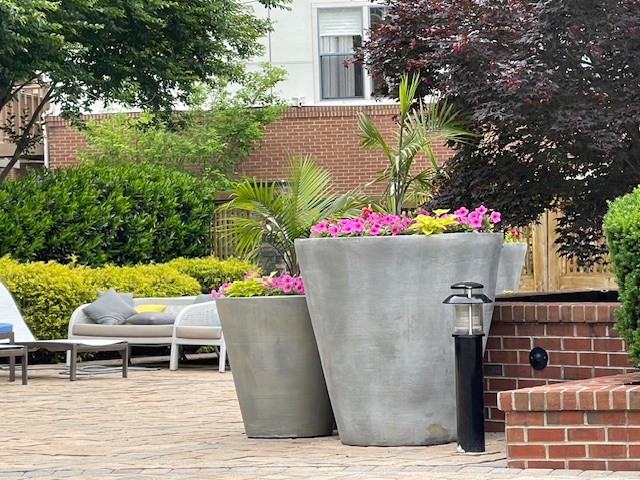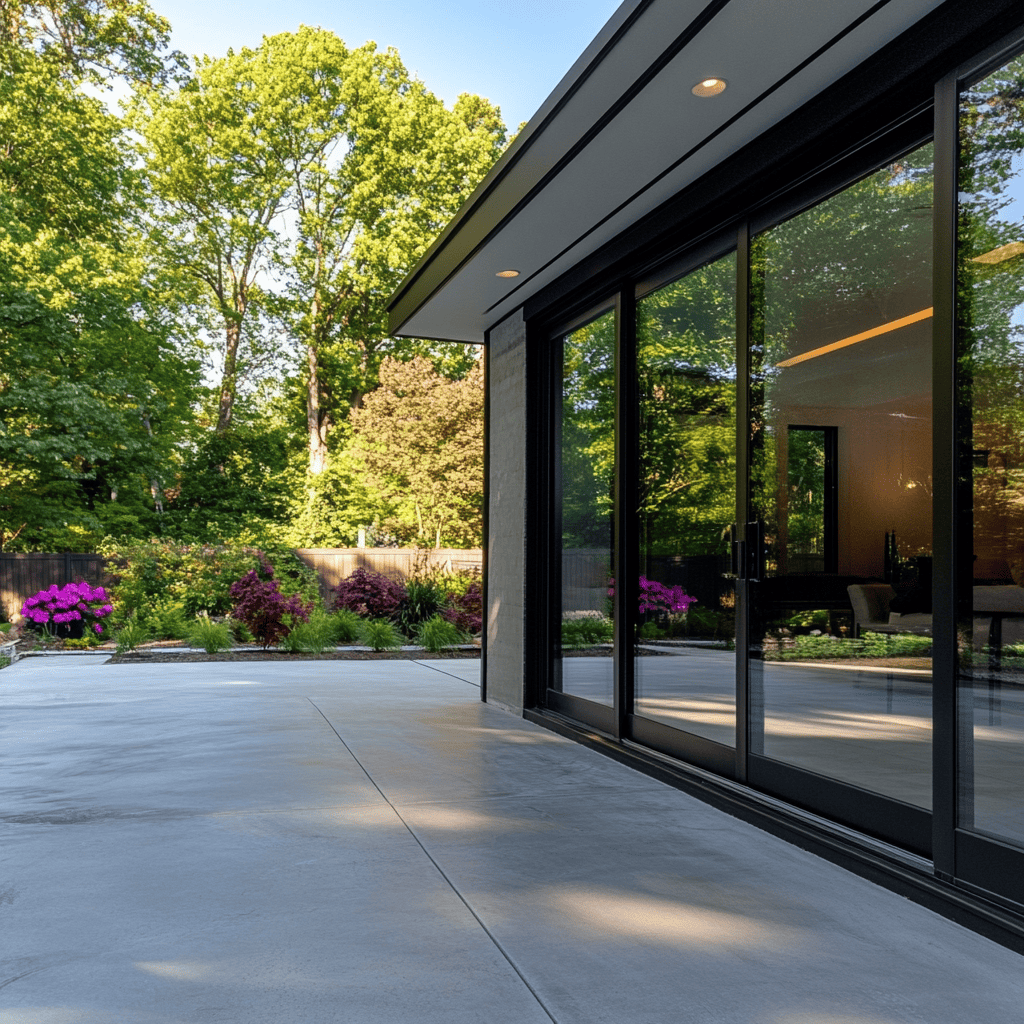Transform your landscape investment into a thriving ecosystem with WC Landscape's expert plant selection and placement services in Centreville, VA. Our horticultural specialists combine scientific knowledge of plant biology, soil science, and local growing conditions to ensure every plant in your landscape is positioned for optimal health, growth, and visual impact. Drawing from over 40 years of combined experience in Northern Virginia's unique growing environment, we eliminate the guesswork from plant selection by matching the right species to the right location, considering factors from mature size and growth habits to seasonal performance and maintenance requirements. This methodical approach prevents costly plant failures, reduces long-term maintenance needs, and creates landscapes that flourish for decades rather than struggling to survive in unsuitable conditions.



Our plant selection process begins with thorough analysis of your property's unique growing conditions, ensuring every plant recommendation is scientifically matched to its intended location.
Our site analysis includes:
Our expertise in Virginia native plants and regionally adapted species ensures your landscape supports local ecosystems while thriving in Centreville's climate.
Our native plant services include:
Beyond native species, we expertly select and place ornamental plants that enhance your landscape's beauty while performing reliably in local conditions.
Our ornamental plant expertise includes:
Many Centreville properties present challenging growing conditions that require specialized plant selection and placement strategies.
Our problem-solving expertise addresses:
Successful plant selection requires understanding how plants function and what conditions they need to thrive:
Understanding how plants grow and develop ensures proper spacing and long-term landscape success:
Creating successful plant communities requires understanding species interactions and compatibility:
Centreville's location in Northern Virginia creates specific growing conditions that influence plant selection:
Understanding local soil variations helps optimize plant selection for different neighborhoods:
Local environmental factors significantly influence plant success in Centreville:
Plants that frame and complement your home's architecture require careful selection for scale, maintenance, and performance:
Centreville's mature tree canopy creates numerous shade gardening opportunities requiring specialized plant knowledge:
Creating landscapes that support local ecosystems requires specific plant selection knowledge:
Climate change and water conservation concerns make drought-tolerant plant selection increasingly important:
Proper plant spacing ensures healthy development and prevents overcrowding issues:
Strategic plant placement can create and utilize beneficial microclimates:
Plant placement should consider temporal changes and development over time:
Our team's deep plant knowledge ensures successful selections for every situation:
Our systematic approach ensures optimal plant choices for every location:
Our commitment extends beyond initial installation to ensure long-term success:
Every successful plant selection begins with thorough understanding of your property's unique conditions:
Our horticultural team creates detailed planting plans tailored to your specific needs:
Our skilled installation teams ensure proper planting for long-term success:
We provide continued support to ensure your plants establish successfully:
Plant selection and installation investments vary based on scope and plant choices:
Professional plant selection provides substantial return on investment:
Successful plant selection requires understanding your site's unique growing conditions:
Optimal planting timing varies by plant type and local climate conditions:
Proper plant selection and placement prevents overcrowding and maintenance issues:
Many Centreville properties have challenging growing conditions requiring specialized plant solutions: